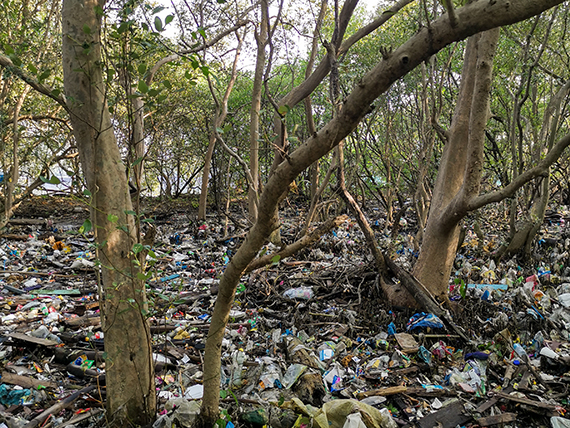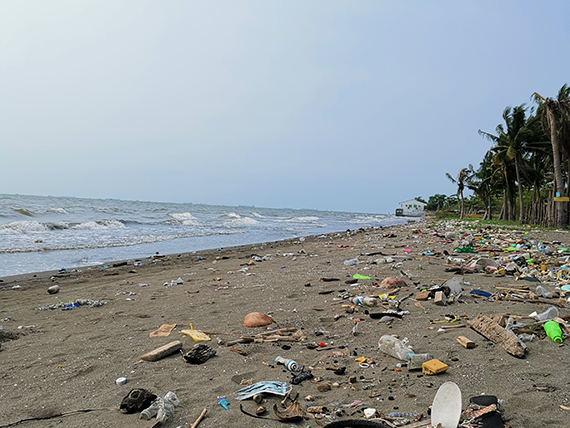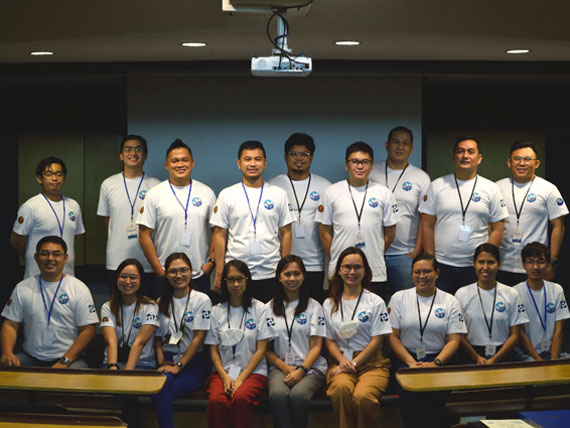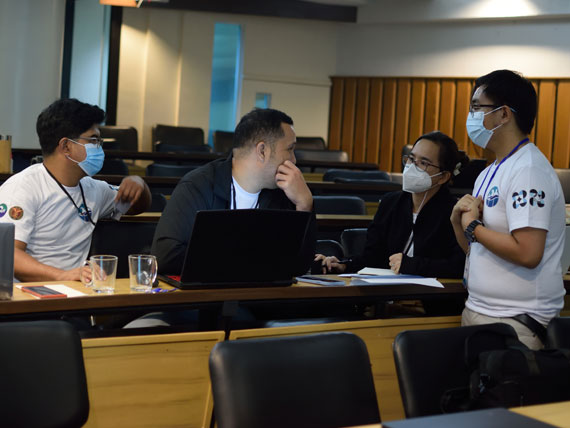Plastics in the Philippines
Plastic pollution is a problem that's been around since the 1960s. But now, it is more than just a nuisance: It's a full-blown epidemic. It's getting worse, and we must understand what to do about it.
Learn more about the problem.
 © Norchel Corcia Gomez
© Norchel Corcia Gomez
 © Norchel Corcia Gomez
© Norchel Corcia Gomez
Counting and Visualizing the Plastics Problem
The Philippines has a plastic problem. According to the World Bank, the country is estimated to produce 2.7 million tons of plastic waste annually—20% of which finds its way into the ocean. The fishing, shipping, and tourism industries are at risk due to the country's high volume of trash floating in the sea.
Know more about the statistics here.
Funding/Support
The Department of Science and Technology through the Grants-in-Aid program and the Philippine Council for Industry, Energy, Emerging Technology Research and Development (PCIEERD), and the Marine Science Institute at the University of the Philippines Diliman have embarked on a project to quantify the country's plastic pollution problem through the JST-UKRI-DOST Science and Technology and Action Nexus for Development (STAND) framework.
Get to know the organizations behind Plasticount Pilipinas.
 © Maria Beverly Sambajon
© Maria Beverly Sambajon
 © Maria Beverly Sambajon
© Maria Beverly Sambajon
Project Goals
PlastiCount Pilipinas aims to make the public aware of the effects of plastics, especially in the marine environment. It also wants to amplify the interest relevant to plastics and microplastics research, which can aid in creating evidence-based policy decisions on waste management.
Discover the why behind Plasticount Pilipinas.





































